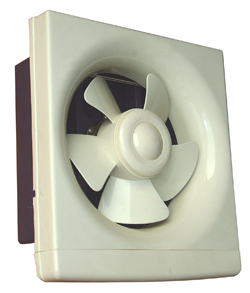
Categories
- Home
- Automotive Exhaust Ventilation
- Exhaust Fan Ventilation
- Exhaust Ventilation Fan
- Exhaust Ventilation Fans
- Exhaust Ventilation FAQs
- Exhaust Ventilation Hose
- Exhaust Ventilation System
- Garage Exhaust Ventilation
- Garage Exhaust Ventilation System
- General Exhaust Ventilation
- Local Exhaust Ventilation Definition
- Local Exhaust Ventilation Design
- Local Exhaust Ventilation Suppliers
- Local Exhaust Ventilation Systems
- Local Exhaust Ventilation Testing
- Mechanical Exhaust Ventilation Systems
- Portable Local Exhaust Ventilation
- Shop Exhaust Ventilation System
- Vehicle Exhaust Ventilation System
- Ventilation Exhaust Fan
- Ventilation Exhaust Fans
- Ventilation Exhaust Systems
- Welding Exhaust Ventilation
Exhaust Ventilation FAQs
Nowadays, more and more people are looking into exhaust ventilation in order to find an effective solution to a wide variety of household needs. With the modern home design resulting in what is basically an airtight indoor space, there is more need than ever for exhaust ventilation.
What is the most important part of the ventilation system?
At the heart of all ventilation system is the exhaust ventilation fan. An ingeniously simple device that is finding favor in homes and workplaces around the world, an exhaust fan is simply a mechanical device that works by drawing out stale or otherwise unwanted air from an indoor space and courses it outwards through a system of vents and ducts. This system causes the unwanted air to be expelled to the exterior of a home or workspace where it cannot do harm to anyone. The result is much cleaner indoor air with a minimum of contaminants that can cause serious health issues.What are the different types of ventilation fans?
Some of the most common types of exhaust fans are:- ceiling mounted exhaust fans
- inline exhaust fans
- wall mounted exhaust fans
- combination exhaust fans
- exterior remote mounted exhaust fans
- kitchen range exhaust fans
Why should you use the proper ventilation fan?
It is important to keep in mind that each of the ventilation fan designs is intended for a specific purpose, and while there may be some overlap between the different designs in terms of purpose and function, you will generally get the best results by choosing an exhaust ventilation system that is specifically intended for the location wherein you want to use the device.What contaminants do exhaust ventilation systems protect against?
Among the most common contaminants found in the typical household and workplace are:- pesticides
- gases
- smoke
- pet hair and debris
- dust and dust mites
- lead
- asbestos
- paint fumes
- grease smells
How can the airflow of the exhaust ventilation system be determined?
It can be difficult to determine the speed of the air entering an exhaust ventilation system via manual means. Instead, an airflow indicator is typically used in order to make it easy to determine whether or not there is enough air flowing through the system.What type of airflow indicator should be used in a ventilation system?
There are many different types of airflow indicators designed for exhaust ventilation systems and their feasibility depends on the health risks involved. For low risk applications, a simple airflow indicator should be sufficient. For applications where there is a significant health risk however, it would be best to use a more sophisticated airflow indicator fitted with an alarm that goes off when there is insufficient airflow.Back to Top
